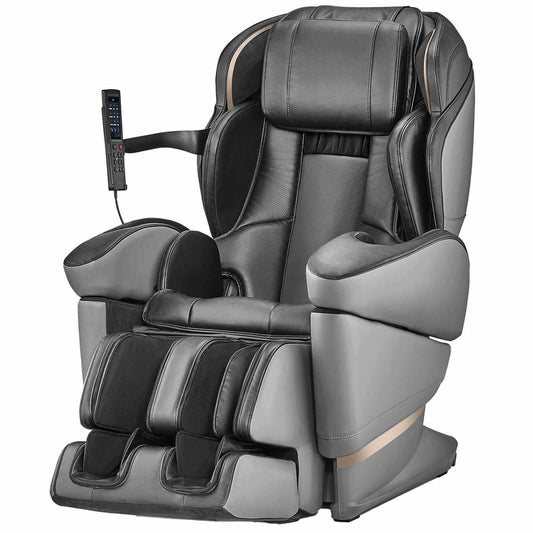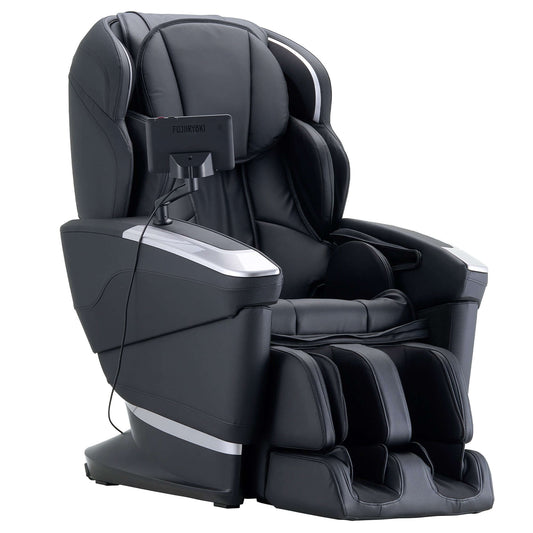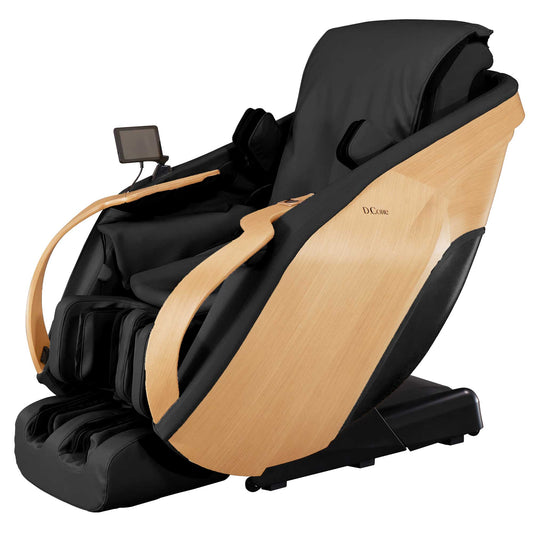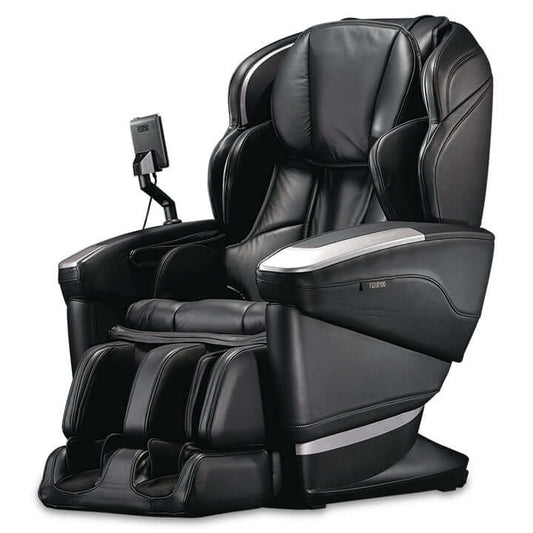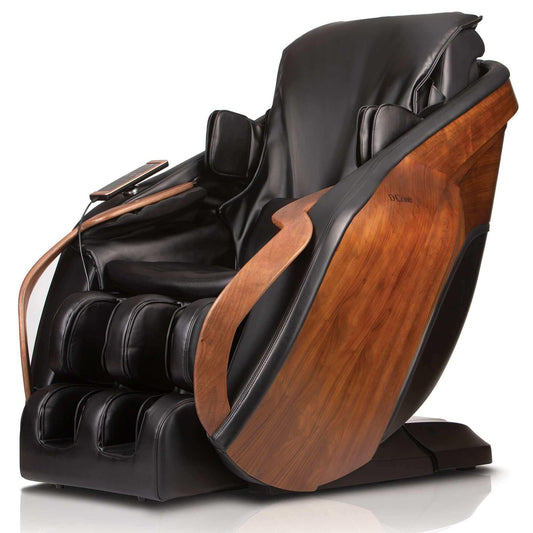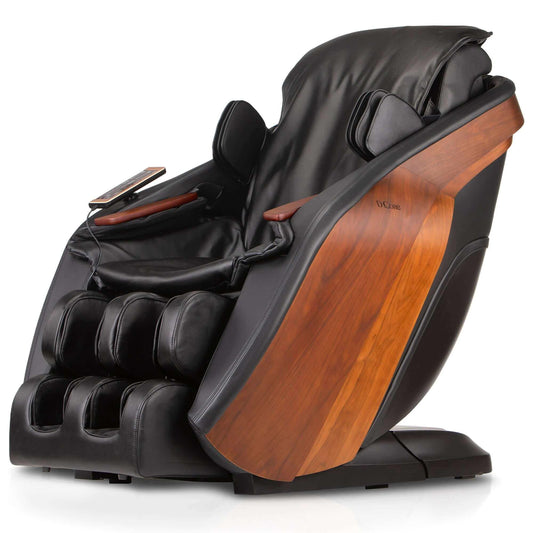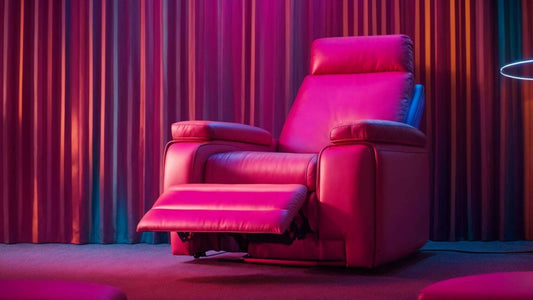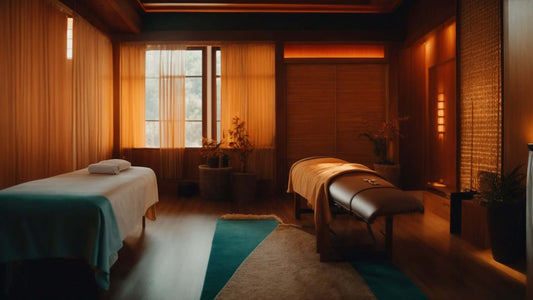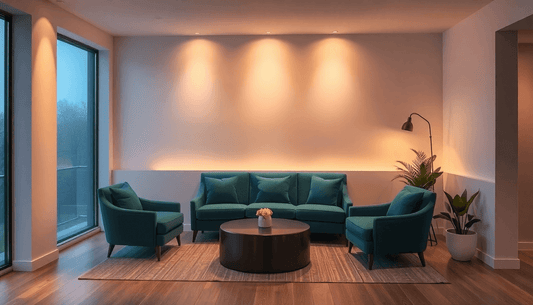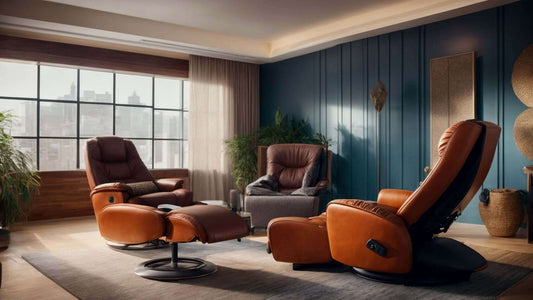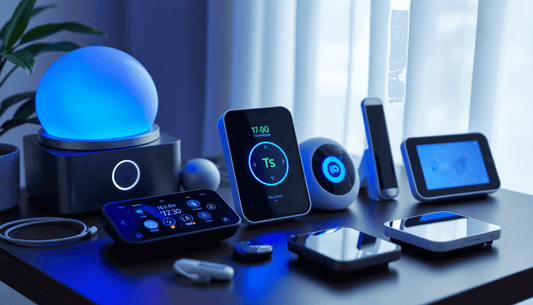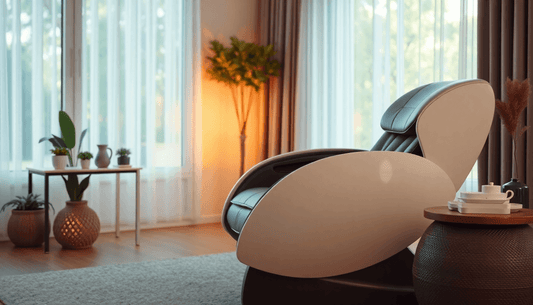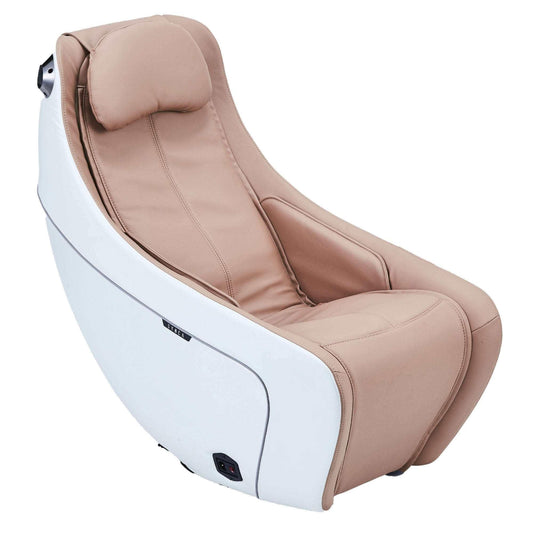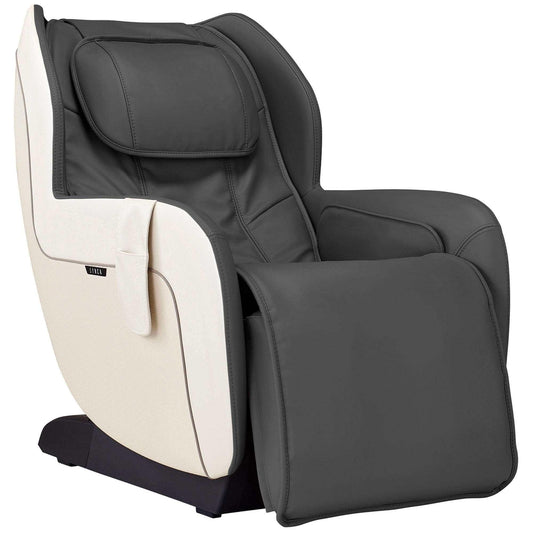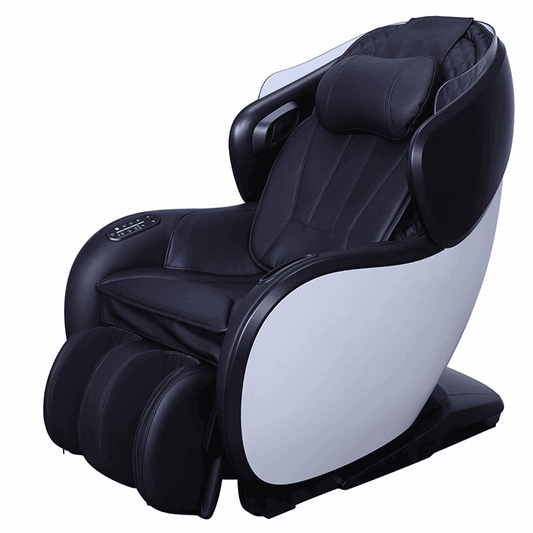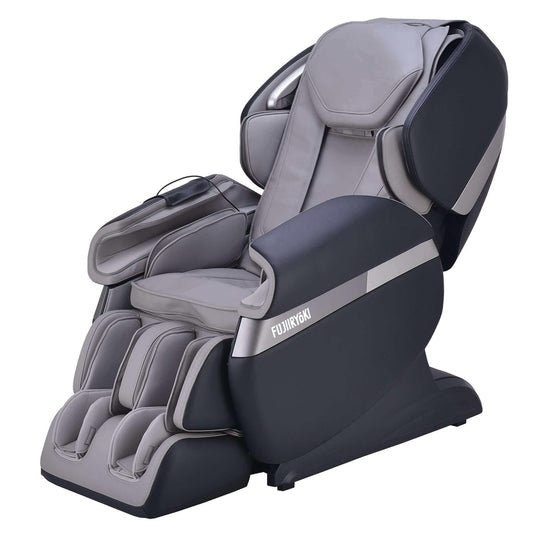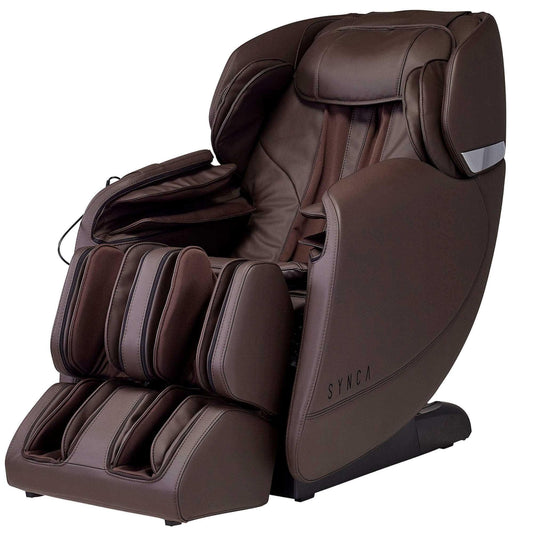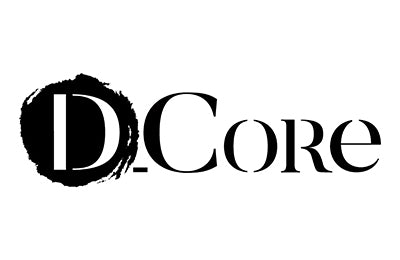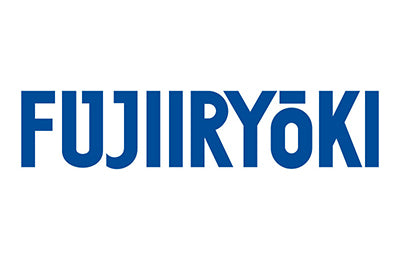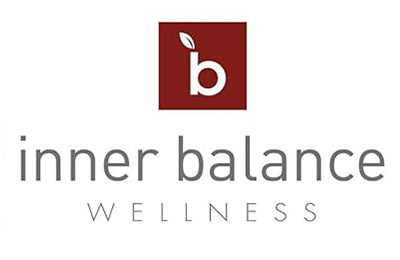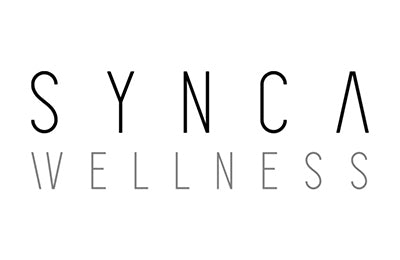
Can a Massage Chair Improve Flexibility? Discover the Benefits
The Connection Between Massage Therapy and Enhanced Flexibility
Massage therapy directly influences flexibility by targeting muscle tension and fostering improved range of motion. Tight muscles often restrict movement, but through focused techniques such as kneading and compression, massage helps release built-up tension in muscle fibers. This process enhances elasticity and allows joints to move more freely.
It also boosts circulation, ensuring muscles receive sufficient oxygen and nutrients for reparative and preventative care. Increased blood flow to tissues can expedite recovery from stiffness or exercise-induced strain. Additionally, massage stimulates the production of natural lubricants in joints, contributing to smoother movement and long-term flexibility improvements. These benefits align well with consistent usage over time.
Understanding How Massage Chairs Work to Improve Muscle Recovery
Massage chairs utilize advanced mechanisms and technology to target muscle recovery effectively. They often incorporate features like rollers, airbags, and heat therapy to provide dynamic massage experiences tailored to individual needs. These components simulate techniques such as kneading, tapping, and compression, which improve blood circulation and reduce muscle stiffness.
Through enhanced blood flow, they deliver oxygen and nutrients to muscles, aiding in the repair of micro tears caused by physical activity. Heat therapy complements this by relaxing tissues and expanding blood vessels for better nutrient absorption. Regular use promotes recovery by mitigating soreness and accelerating healing processes.
Promoting Joint Mobility Through Targeted Massage Chair Functions
Massage chairs often incorporate advanced features designed to foster joint mobility and reduce stiffness. These chairs utilize therapeutic techniques such as kneading, rolling, and compression to address muscle tension surrounding critical joints like the hips, knees, and shoulders. By enhancing circulation, massage chairs facilitate the delivery of oxygen and nutrients, which contribute to the repair and maintenance of joint tissues.
Specific programs in high-quality massage chairs target joint areas with precision, aiming to improve range of motion. Adjustable intensity settings allow users to customize their experience, ensuring effective relief for tight muscles and restricted joint movement. Regular use amplifies the benefits, promoting lasting mobility improvements.
Stress Relief: The Gateway to Better Physical Flexibility
Stress can lead to muscle tension, restricting motion and hampering flexibility. A massage chair targets stress-induced tension by stimulating nerve pathways and promoting relaxation. By loosening tight muscles, it encourages increased mobility in areas such as the shoulders, back, and hips.
Massage chairs often incorporate techniques like kneading, rolling, and compression, which alleviate stress and help release lactic acid buildup, a common cause of stiffness. Enhanced blood flow from a massage boosts oxygen delivery to muscles, aiding recovery and elasticity.
Reducing stress improves the body’s natural ability to stretch, thereby supporting improved flexibility over time. Regular use aligns physical and mental well-being.
Boosting Circulation for Improved Muscle Performance and Flexibility
Enhanced blood circulation is vital for muscle performance and flexibility. Massage chairs often utilize techniques such as kneading, rolling, and compression to stimulate blood flow. By increasing localized circulation, these chairs help deliver oxygen and nutrients to muscles more efficiently.
Improved circulation also aids in reducing muscle stiffness and promoting relaxation. The heat therapy options available in some models further enhance blood flow by dilating blood vessels.
Moreover, better circulation accelerates lactic acid removal, minimizing soreness and enhancing recovery. Regular use of a massage chair may help prepare muscles for physical activity, reducing the risk of tightness and enhancing overall flexibility.
Reducing Inflammation to Support Long-Term Well-Being
Inflammation is a natural immune response that, when chronic, may lead to discomfort, stiffness, and reduced mobility. Massage chairs are designed to alleviate inflammation through mechanisms such as improved blood circulation and relaxation of tense muscles. By stimulating the soft tissues, massage chairs help remove metabolic waste and deliver oxygen-rich nutrients to affected areas, aiding in the recovery process.
Additionally, targeted pressure and kneading can reduce the production of stress hormones like cortisol, which are known to exacerbate inflammatory responses. Over time, this consistent reduction in inflammation not only enhances joint flexibility but also promotes overall physical and mental well-being.
How Massage Chairs Counteract the Effects of a Sedentary Lifestyle
Massage chairs offer targeted relief for common problems associated with prolonged periods of sitting, such as muscle stiffness, reduced flexibility, and poor circulation. By simulating professional massage techniques, these chairs help increase blood flow, which aids in delivering oxygen and nutrients to muscles and tissues.
Key benefits include:
- Tension Relief: Deep-kneading motions address tight muscles in the neck, shoulders, and lower back caused by sedentary behavior.
- Joint Mobilization: Stretching programs in massage chairs support joint range-of-motion, reducing stiffness.
- Postural Alignment: Regular use helps counteract the imbalances caused by slouched sitting.
Consistent use of massage chairs can promote relaxation while encouraging better posture and physical wellness.
The Role of Massage Chairs in Injury Prevention and Recovery
Massage chairs serve as an effective tool in both preventing injuries and facilitating recovery. By promoting muscle relaxation, they help alleviate tension that can lead to strain or overuse injuries. Incorporating features like heat therapy and compression can increase blood circulation, enhancing oxygen and nutrient delivery to muscles and accelerating healing processes.
Massage therapy provided by these chairs reduces delayed-onset muscle soreness (DOMS), helping users recover faster post-exercise. They also support joint flexibility by loosening tight muscles surrounding the joints. For those with chronic injuries, targeted programs allow for consistent, low-impact therapy, reducing inflammation while improving mobility.
A Mind-Body Approach: How Massage Chairs Enhance Mental and Physical Health
Massage chairs are designed to deliver a cohesive mind-body experience, supporting both mental well-being and physical resilience. On the mental health front, a massage chair helps reduce stress by stimulating the release of serotonin and dopamine, promoting relaxation and enhancing mood. Physically, the gentle kneading and targeted pressure improve blood circulation, alleviating muscle tension and minimizing chronic pain.
Key features, such as heat therapy and zero-gravity positioning, encourage deeper relaxation and spinal alignment. Regular use of massage chairs also stimulates the parasympathetic nervous system, lowering cortisol levels. This dual impact on mind and body creates a harmonious balance, fostering overall health.
Incorporating a Massage Chair into Your Daily Wellness Routine
Integrating a massage chair into daily life can create a structured approach to enhanced physical and mental well-being. A consistent routine may include dedicating 15–20 minutes per session, targeting different muscle groups each day. Using the chair at the end of the workday helps reduce tension accumulated during sedentary activities.
- Morning Use: Kickstart the day with a light massage setting to improve circulation.
- Post-Exercise Sessions: Alleviate lactic acid accumulation after workouts.
- Evening Relaxation: Wind down with a deep-tissue program to release muscle knots.
Pairing its use with breathing exercises amplifies relaxation benefits, promoting holistic well-being while potentially enhancing flexibility through muscular relief.

